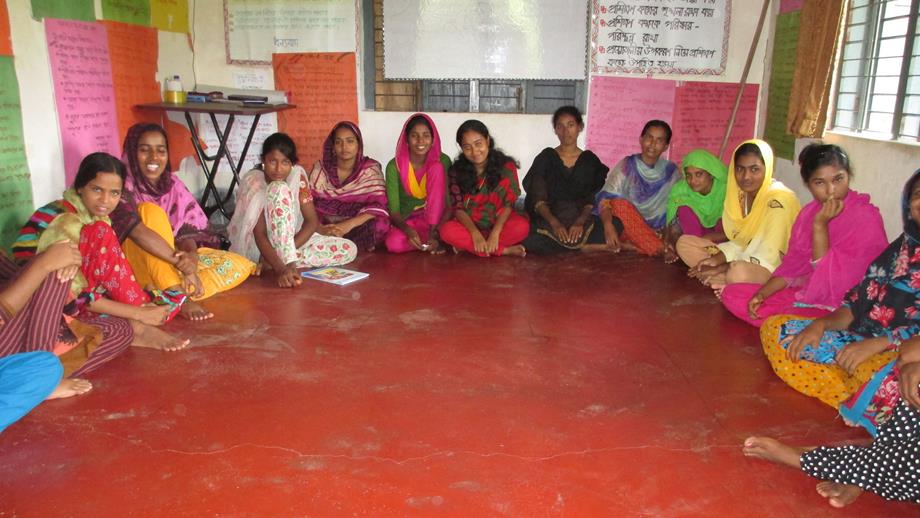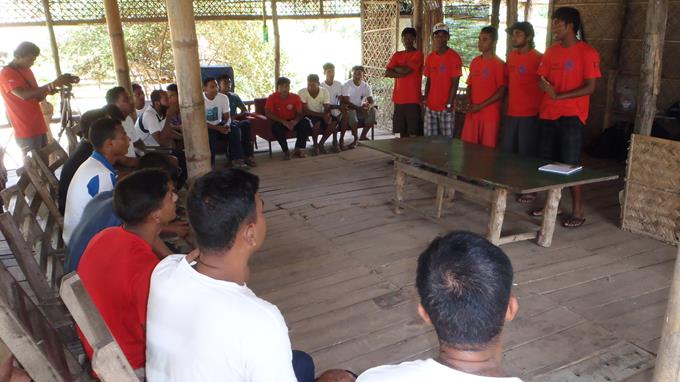Stakeholder analysis
Approach
Stakeholder analysis: an analysis to understand which stakeholders will be most relevant to your project, which will most benefit your project, and what methods are best to engage them.
Advantages
A stakeholder analysis ranks stakeholders in terms of their relevance to a project and the potential impact their involvement can have on a project. The three major criteria assessed are: a stakeholder’s power, their influence and their interest in the project topic. By prioritising the engagement of the most influential and relevant stakeholders, time and resources can be saved. It is possible to tailor how a project is presented to a stakeholder through understanding their priorities, motivation and interests, increasing the projects perceived importance and helping win stakeholder support. Additionally, it is important to understand who and what influences their decisions, and whose decisions and actions they influence. This may be useful in identifying additional stakeholders to engage in a project. It is often possible to cluster stakeholders into groups with similar interests and capabilities, simplifying approaches to future communication.Disadvantages
Stakeholder priorities may change over time, therefore it is important to monitor the local socio-political climate and act accordingly. Some stakeholders may not respond positively towards a project, acting as either blockers or critics. It is crucial to identify these stakeholders in the early stages of a project and monitor their actions accordingly. One of the best ways to determine the power, influence and interest of a stakeholder is to speak to them directly. It may be difficult to organise meetings with high-level stakeholders, while speaking to a large number of people can be time consuming and resource intensive.

Step 3
Identify stakeholders

